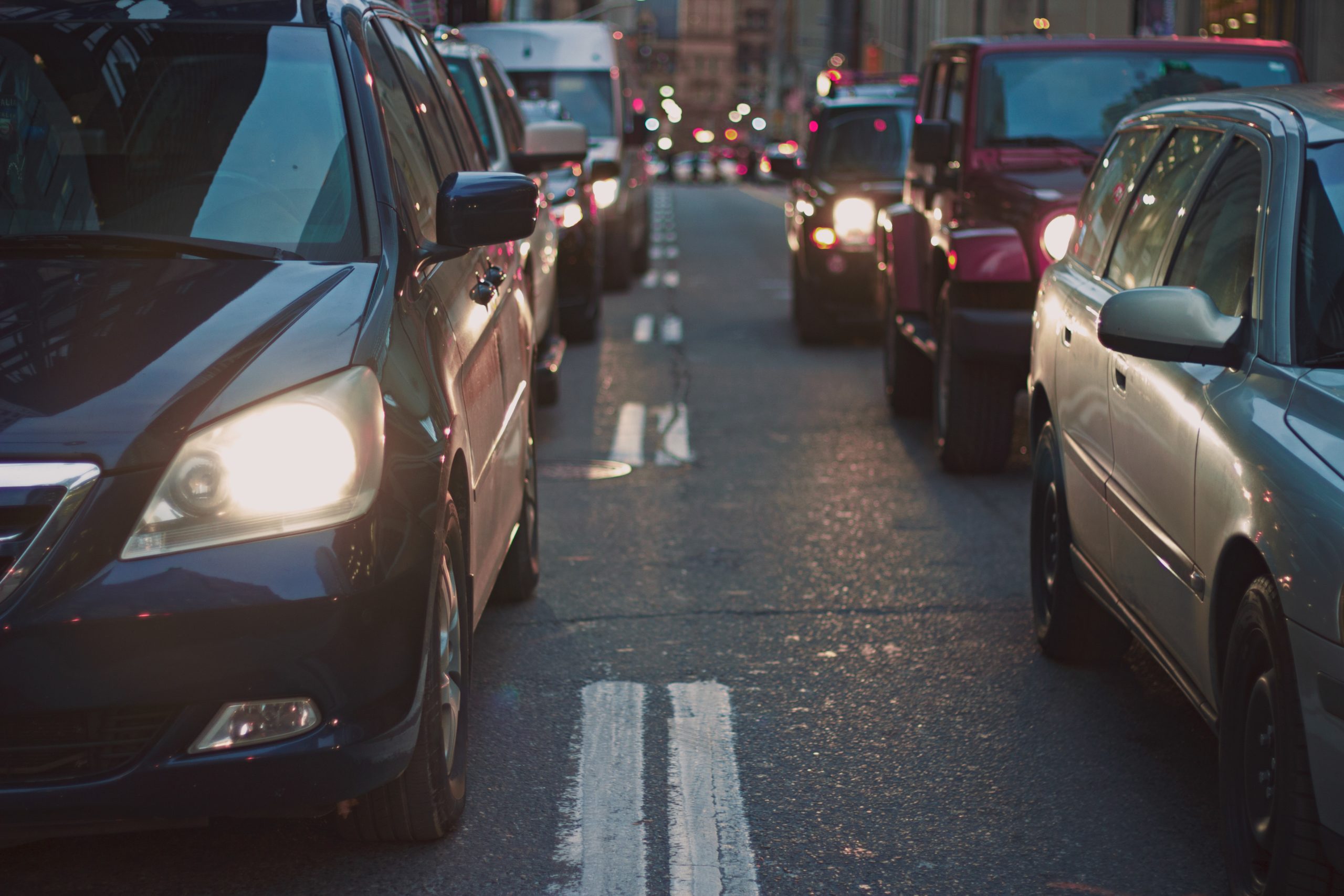
Common knowledge, as well as traffic signs, remind drivers not to speed and allow them to be aware of what the limit for speed is on any road. However, the dangers inherent in tailgating may not be obvious enough, and the signs advising against it are not so evident.
Speeding was an apparent cause of a fatal car accident in Texas this summer that killed four people. According to U.S. News and World Report, the Texas Department of Public Safety indicates that the accident involved speeding, and investigation by authorities was to take place to determine if drugs or alcohol contributed as well.
One vehicle traveling over the speed limit rear-ended another, causing the second vehicle to catch on fire. Tragically, after the firefighters extinguished the car fire, they found the four occupants of that car dead.
Tailgating effects
Speeding often results in tailgating, as a speeding vehicle approaches the car in front of it due to the different rates of travel. According to the Texas Department of Insurance, when tailgating, drivers substantially limit their distance needed to come to a full and secure stop.
The type of vehicle one is operating greatly effects that amount of distance one needs to safely stop. The distance needed is greater, the heavier the vehicle. TDI indicates that the needed distance may double to stop a heavy truck versus an automobile.
Reduced perception and reaction times
Another dangerous aspect of tailgating is that the driver’s perception time and subsequent reaction time decreases.
The former element, perception, concerns the time needed to observe and then process a danger ahead. Reaction time, on the other hand, is the time a driver requires for his or her body to act on what the brain is telling it. When a driver shortens the distance between the car and what may lie ahead, that driver is reducing the time available to perceive and then react appropriately. Often that time available is too limited to avoid a collision.
The recent statistics for vehicular crashes in Texas are eye-opening. However, tailgating, by itself, increases the risk of an accident. Combining the tailgating with the additional factor of speeding further compounds the risk of a collision and the casualties or fatalities that may result.



